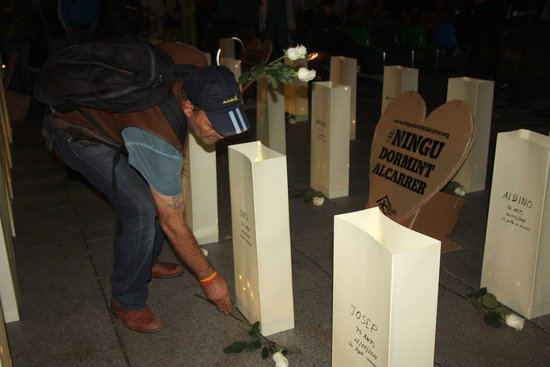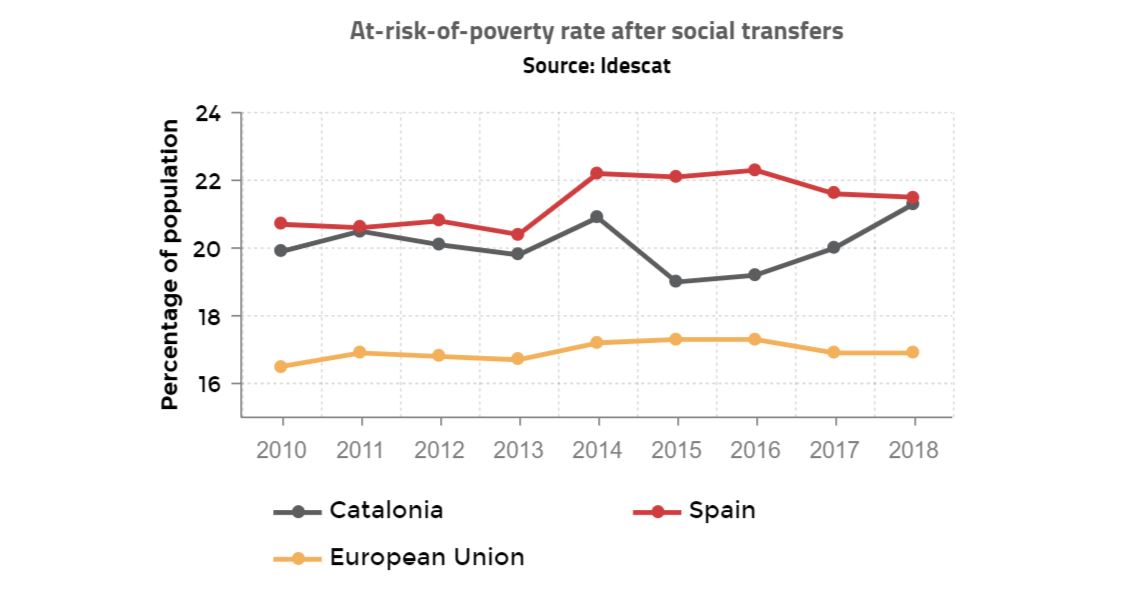How close is Catalonia to eradicating poverty?
With only 10 years left to meet the UN's sustainable development goals, poverty has increased rather than decreased

As we head into the 2020s, the world only has 10 years left to meet the UN's 17 sustainable development goals as part of the 2030 Agenda. The first one of these is no poverty, but how exactly is Catalonia doing in this department?
At-risk-of-poverty rate after social transfers up

At first glance, we can see that the at-risk-of-poverty rate after social transfers has increased in the past decade, as has been the case across the European Union, so we spoke to an expert in poverty from the Federation of Catalan Organizations dealing with social issues, ECAS, to get a better idea of what has been happening.

According to Ferran Busquets, ECAS' poverty spokesperson, this has very much to do with the 2008 financial crisis and its long-lasting effects.
"In the past years, the economic crisis we suffered made it so there was a loss of social rights," Busquets argues.
"There were significant spending cuts that we have not made up for [now that the crisis is officially over]. When there are cuts, there is no budget, and when there’s no social spending, poverty increases."
A comprehensive understanding of poverty
It is also important to understand that the at-risk-of-poverty poverty rate after social transfers does not provide a global picture of the phenomenon either as other factors such as employment, housing, education and access to medical care should also be considered.